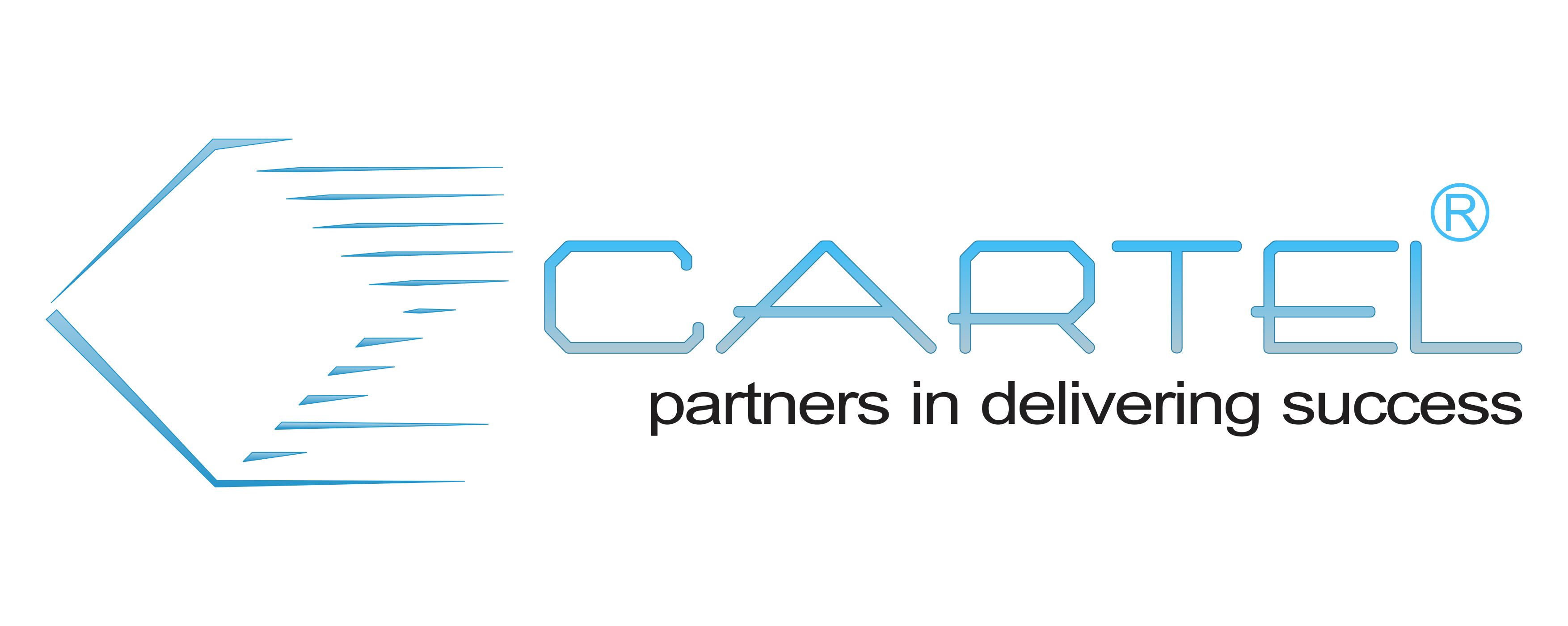Oracle RAC and Data guard integration workshop
Overview
– Convert a single instance to an Oracle RAC Database
– Configure Oracle Net Services in a Data Guard Environment with RAC
– Deploy a Physical Standby Database in an Oracle RAC environment using SQL and RMAN Commands
– Configure Oracle Data Guard in an Oracle RAC environment
– Manage physical Standby Files After structural changes on the Primary Database
– Perform Effective Client Failover using Application Continuity
– Perform Effective Service Failover and Workload Management Using Global Data Services
– Perform Database Recovery in an Oracle Data Guard environment
– Perform Data Guard Standby First Rolling Patch Apply
– Disassociate a Snapshot Standby Database from a Data Guard Configuration
– Perform Database Rolling Upgrade Using Transient Logical Standby Database
Course Details
Introduction to High Availability Best Practices
– Understand Oracle Clusterware
– Understand Oracle ASM
– Understand Oracle RAC
– Understand Oracle Data Guard
– Design a Maximum Availability Architecture in your environment
Converting a Single Instance to an Oracle RAC Database
– Scenario 1: Convert a single instance on a non-clustered enviornment to RAC
– Scenario 2: Convert a single instance on a clustered environment to RAC
Configuring Oracle Net Services in a Data Guard Environment with RAC
– Review of Oracle Net Services
– Configuring Oracle Net Services in a Data Guard Environment
Deploying a Physical Standby Database in an Oracle RAC environment Using SQL and RMAN Commands
– Preparing the Primary Database
– Configuring Oracle Net Services
– Preparing the Standby Hosts
– Starting the standby database instance
– Executing the DUPLICATE TARGET DATABASE FOR STANDBY FROM ACTIVE DATABASE RMAN command
– Completing the RAC Configuration
– Starting the transport and application of redo
Configuring Oracle Data Guard in an Oracle RAC environment
– Data Guard Broker Configuration
– Redo Transport and Apply Services
– Data Guard Deployment Options
– Role Transition Services
– Flashback Database
– Fast-Start Failover
Managing Physical Standby Files After Structural Changes on the Primary Database
– Scenario 1: Creating a tablespace
– Scenario 2: Dropping or deleting a tablespace or data file
– Scenario 3: Using Transportable Tablespaces
– Scenario 4: Moving an Online Data File
– Scenario 5: Adding or Dropping a redo log file group
– Scenario 6: NOLOGGING Operations
– Scenario 7: Refreshing the Password File
– Scenario 8: Resetting the TDE Master Encryption Key
Effective Client Failover Using Application Continuity
– Connecting to the appropriate environment
– Fast Notification of Clients
– Automatic Client Failover
– Handling In-Flight Transactions
– Replaying Incomplete Requests
– RAC and Application Continuity
– Data Guard and Application Continuity
Effective Service Failover and Workload Management Using Global Data Services
– Concept Review
– Global Data Services Overview
– Global Service Overview
– Client Connectivity in GDS
– Global Data Services Deployment
Performing Database Recovery in an Oracle Data Guard environment
– Basic concept of the Oracle Database Recovery
– Recovery Considerations in Oracle Data Guard (Media Failures)
– Recovery Considerations in Oracle Data Guard (Logical Failures)
Performing Data Guard Standby-First Patch Apply
– Background: Data Guard Support for Heterogeneous Configuration
– Phases of Data Guard Standby-First Patch Apply
Disassociating a Snapshot Standby Database from a Data Guard Configuration
– Snapshot Standby Databases Overview
– Disassociating a Snapshot Standby from a Data Guard Configuration
Rolling Database Upgrade Using Transient Logical Standby
– Phase 1: Completing Prerequisites
– Phase 2: Preparing for Upgrade
– Phase 3: Performing Pre-Upgrade Tasks
– Phase 4: Upgrading Transient Logical Standby
– Phase 5: Performing Post-Upgrade Tasks
– Phase 6: Preparing Original Primary Database for Upgrade
– Phase 7: Performing the Final Upgrade Tasks
Prerequisites
Pratical understanding of oracle database 11gR2 or 12C
Pratical understanding of database replication
